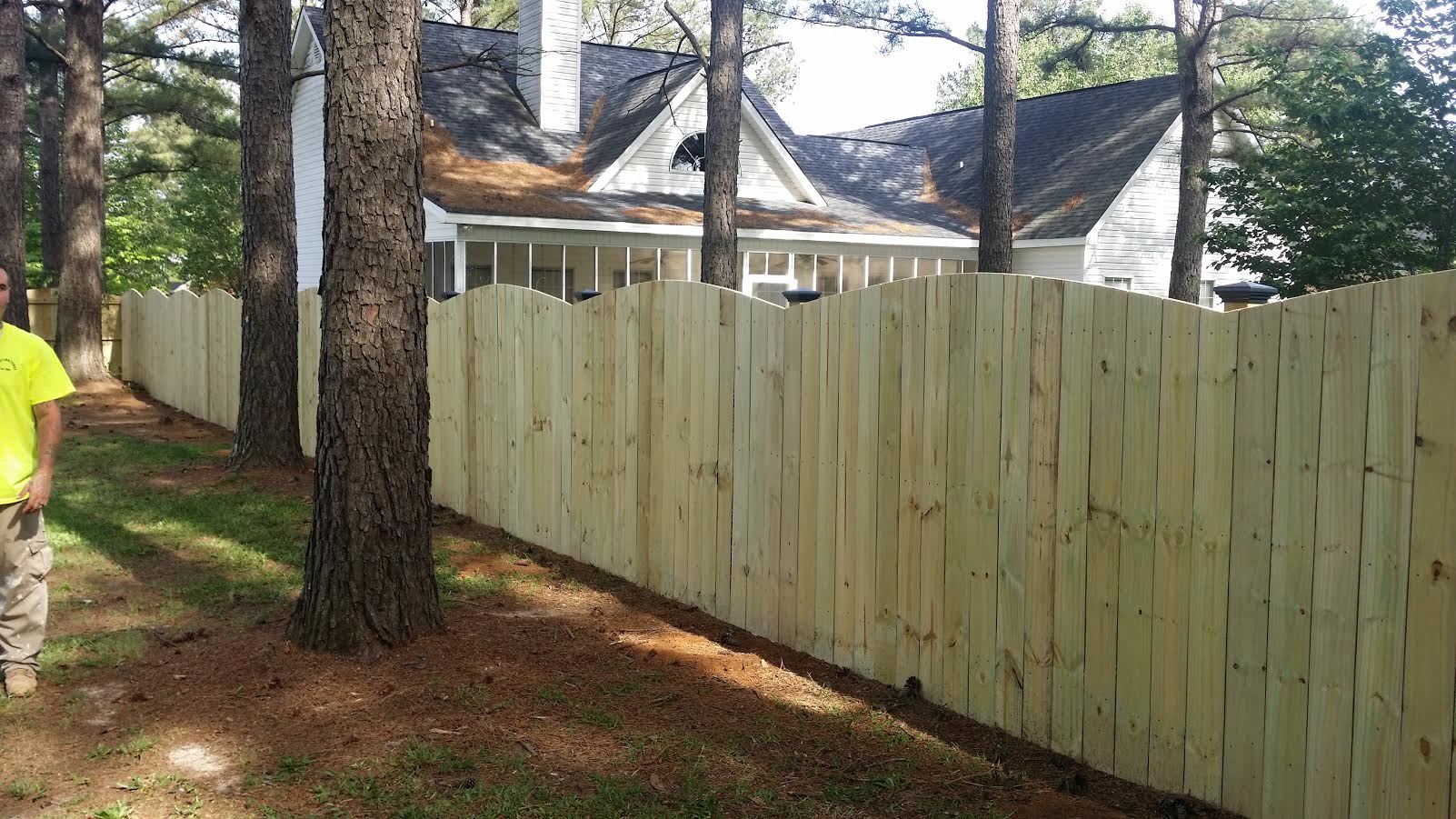Trustworthy Fence Staining Service: Protect and Rejuvenate Your Fence!
Wiki Article
How to Select the Right Fencing Spot for Your Residential Property
When it comes to enhancing the look and durability of your home's fencing, selecting the best discolor is an important decision that needs mindful consideration. Just how can you guarantee that you choose the excellent fence discolor that lines up with your residential property's style and maintenance needs?Understanding Wood Types
To pick the ideal fencing discolor, it is vital to have a thorough understanding of the different types of timber frequently used for secure fencing. The option of timber plays an important role in establishing the longevity and total visual appeals of the fencing. Cedar is a popular selection due to its natural resistance to degeneration and pests, making it a durable option for outdoor frameworks. Pine is another typical wood made use of in secure fencing, recognized for its price and simplicity of discoloration. Want is extra prone to warping and deteriorating contrasted to cedar. Redwood is a high-end choice recognized for its striking appearance and natural durability, though it includes a higher price tag. When selecting a fence discolor, it is crucial to take into consideration the kind of timber being used to make sure compatibility and optimum security. Recognizing the characteristics of different wood kinds will assist you make an informed decision when it concerns picking the appropriate fencing discolor for your building - Fence Staining Nashville TN.Choosing the Right Shade
Selecting an appropriate color for your fencing stain is a crucial decision that dramatically affects the total aesthetic allure of your property. Lighter colors such as whites or light grays can make a fence show up larger and include a touch of style to your home. Inevitably, the appropriate shade choice will enhance the beauty of your fencing and boost the overall aesthetic appeal of your home.
Thinking About Openness Levels
When picking the ideal color for your fencing discolor, another vital facet to think about is the degree of openness that will certainly best match your building's aesthetic and maintenance demands. Transparency levels in fence spots typically drop right into three groups: transparent, semi-transparent, and strong. Transparent discolorations permit the natural beauty of the timber to reveal through while giving marginal protection against the aspects. They are optimal for brand-new or well-maintained fences where showcasing the timber grain is a concern. Semi-transparent discolorations supply a balance between shade improvement and defense, enabling some timber grain to be visible while offering moderate protecting from UV rays and dampness. Solid spots, on the various other hand, give the most defense as they entirely cover the wood with an opaque coating. These appropriate for older fences or those looking for considerable security or color adjustment. Take into consideration the degree of direct exposure your fence deals with, the preferred upkeep frequency, and the visual you wish to achieve when picking the best transparency degree for your fence discolor.Evaluating Upkeep Demands
Thinking about the longevity and upkeep of your fencing, evaluating the upkeep requirements is vital in establishing one of the most ideal fencing tarnish for your building. The degree of maintenance needed for your fence can differ depending on elements such as the sort of wood, climate condition in your area, and your personal choices.When reviewing maintenance requirements, it is necessary to consider the sturdiness of the fencing tarnish. Some stains call for even more regular reapplication than others, so picking a discolor with a much longer life-span can help in reducing the total upkeep needs of your fence (Fence Staining). Additionally, factors such as resistance to UV rays, water, and mildew can influence how often you need to re-stain your fencing

Testing Examples Before Application
Before applying any fencing discolor, it is recommended to carry out sample examinations to make sure compatibility with the wood and wanted aesthetic end result (Fence Staining). Testing samples permits you to analyze exactly how the stain will certainly connect with the specific sort of wood made use of official site in your fence, as various timbers can soak up spots differently. To begin, choose a small unnoticeable location of the fencing to apply the tarnish examples. It is recommended to examine multiple stain alternatives on this area to contrast colors and coatings. Think about how the tarnish looks when dry, as it may show up various from its wet application. Additionally, observe just how the discolor enhances the existing aspects in your outside space, such as landscape design or the shade of your home. Make note of how the stain stands up to weather like sunshine and moisture. By testing samples prior to complete application, you can make an enlightened decision that improves the general appearance of your home while shielding the timber effectively.Verdict
In verdict, selecting the suitable fence stain for your residential property involves understanding the timber kind, selecting the right color, thinking about transparency degrees, assessing upkeep needs, and testing examples prior to application (Fence Staining). By taking these aspects into consideration, you can make sure that your fencing stain matches your building while giving the required protection and resilience. Make a notified decision to boost the appearance and long life of your fenceReport this wiki page